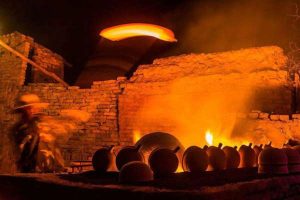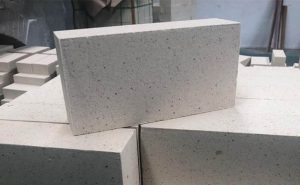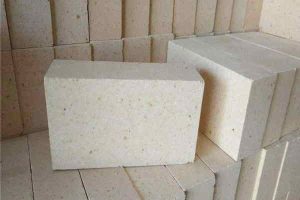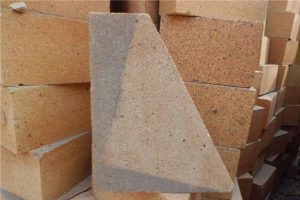Various Types of Refractory Bricks
There are various types of refractory bricks used in kilns, each with its unique advantages and disadvantages.
1. Fire Clay Bricks
Fire clay bricks are made from clay and are widely used in kilns. They are relatively inexpensive and have good thermal shock resistance.
Fire clay bricks can withstand temperatures of up to 1500°C and are suitable for use in areas of the kiln where rapid temperature changes occur.
Fire clay bricks have good insulating properties and can be used in areas of the kiln where energy efficiency is important.
They are resistant to chemical corrosion and can withstand acidic and basic environments.
However, fire clay bricks have relatively low mechanical strength and are not suitable for areas of the kiln that are subjected to mechanical stress.
They also have low refractories, which limits their use in high-temperature applications.
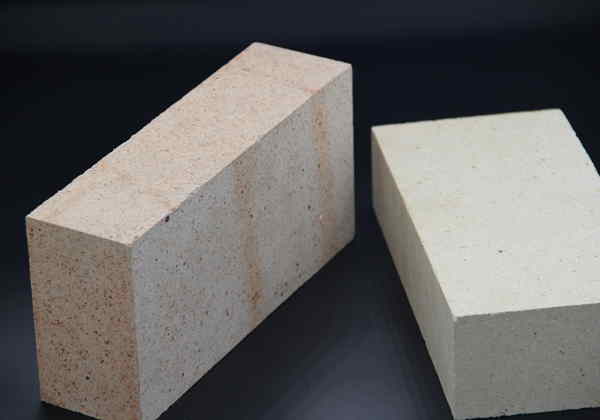
2. High Alumina Bricks
High alumina bricks are made from high-purity alumina and are suitable for use in high-temperature applications.
They have excellent thermal shock resistance and can withstand temperatures of up to 1700°C.
High alumina bricks have high mechanical strength and are suitable for use in areas of the kiln that are subjected to mechanical stress.
They are resistant to chemical corrosion and can withstand acidic and basic environments.
High alumina bricks have good insulating properties and can be used in areas of the kiln where energy efficiency is important.
However, they are relatively expensive compared to other types of refractory bricks.
3. Silicon Carbide Bricks
Silicon carbide bricks are made from silicon carbide and are suitable for use in high-temperature applications.
They have excellent thermal shock resistance and can withstand temperatures of up to 1800°C.
Silicon carbide bricks have high mechanical strength and are suitable for use in areas of the kiln that are subjected to mechanical stress.
They are resistant to chemical corrosion and can withstand acidic and basic environments.
Silicon carbide bricks have good insulating properties and can be used in areas of the kiln where energy efficiency is important.
However, they are relatively expensive compared to other types of refractory bricks.
4. Magnesia Bricks
Magnesia bricks are made from magnesia and are suitable for use in high-temperature applications.
They have excellent thermal shock resistance and can withstand temperatures of up to 1800°C.
Magnesia refractory bricks have high mechanical strength and are suitable for use in areas of the kiln that are subjected to mechanical stress.
They are resistant to chemical corrosion and can withstand basic environments.
Magnesia bricks have good insulating properties and can be used in areas of the kiln where energy efficiency is important.
However, they are not suitable for use in acidic environments, as they are prone to chemical corrosion.
5. Chrome Magnesia Bricks
Chrome magnesia bricks are made from magnesia and chrome oxide and are suitable for use in high-temperature applications.
They have excellent thermal shock resistance and can withstand temperatures of up to 1800°C.
Chrome magnesia bricks have high mechanical strength and are suitable for use in areas of the kiln that are subjected to mechanical stress.
They are resistant to chemical corrosion and can withstand acidic and basic environments.
Chrome magnesia bricks have good insulating properties and can be used in areas of the kiln where energy efficiency is important.
However, they are relatively expensive compared to other types of refractory bricks.
6. Zircon Bricks
Zircon bricks are made from zirconium oxide and are suitable for use in high-temperature applications.
They have excellent thermal shock resistance and can withstand temperatures of up to 2200°C.
Zircon bricks have high mechanical strength and are suitable for use in areas of the kiln that are subjected to mechanical stress.
They are resistant to chemical corrosion and can withstand acidic and basic environments.
Zircon bricks have good insulating properties and can be used in areas of the kiln where energy efficiency is important.
However, they are relatively expensive compared to other types of refractory bricks.
7. Mullite Bricks
Mullite bricks are made from mullite, a mineral that is formed from alumina and silica.
They are suitable for use in high-temperature applications and have good thermal shock resistance.
Mullite bricks can withstand temperatures of up to 1700°C.
Mullite firebricks have high mechanical strength and are suitable for use in areas of the kiln that are subjected to mechanical stress.
They are resistant to chemical corrosion and can withstand acidic and basic environments.
Mullite bricks have good insulating properties and can be used in areas of the kiln where energy efficiency is important.
However, they are relatively expensive compared to other types of refractory bricks.
8. Insulating Fire Bricks
Insulating fire bricks are made from lightweight refractory materials and are suitable for use in areas of the kiln where insulation is important. They have low thermal conductivity and can reduce heat loss from the kiln. Insulating fire bricks can withstand temperatures of up to 1400°C.
Insulating fire bricks have low mechanical strength and are not suitable for areas of the kiln that are subjected to mechanical stress. They are resistant to chemical corrosion and can withstand acidic and basic environments.
Insulating fire bricks are relatively inexpensive compared to other types of refractory bricks and can be used to reduce the overall cost of the kiln.
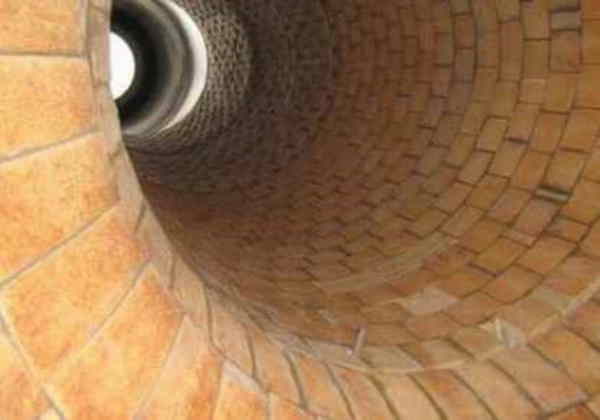
Advantages of Using Refractory Bricks in Kilns
1. Thermal Shock Resistance
Refractory bricks have excellent thermal shock resistance, which allows them to withstand rapid changes in temperature without cracking or breaking. This is essential in kilns where temperature fluctuations are common.
2. Chemical Resistance
Refractory bricks are resistant to chemical corrosion and can withstand acidic and basic environments. This is important in kilns where corrosive gases and liquids are present.
3. High Mechanical Strength
Refractory bricks have high mechanical strength and can withstand mechanical stress. This is important in areas of the kiln where there is mechanical abrasion or where heavy loads are placed on the refractory lining.
4. Energy Efficiency
Refractory bricks have good insulating properties and can reduce heat loss from the kiln. This can improve energy efficiency and reduce operating costs.
5. Longevity
Refractory bricks have a long service life and can last for many years with proper installation and maintenance. This can reduce downtime and maintenance costs.
Conclusion
In conclusion, refractory bricks are essential components of kilns and play a critical role in ensuring their optimal performance. There are various types of refractory bricks available, each with its unique advantages and disadvantages.
When selecting refractory bricks for use in kilns, it is essential to consider the specific application and operating conditions. Factors such as temperature, chemical environment, mechanical stress, and energy efficiency should be taken into account to ensure the longevity and optimal performance of the kiln.
Proper installation and maintenance of refractory bricks are essential to ensure their effectiveness and longevity. Regular inspection and repair can help to identify and address any issues before they become serious problems.
Overall, the use of refractory bricks in kilns can improve performance, reduce downtime, and improve energy efficiency, ultimately leading to cost savings and improved productivity.

